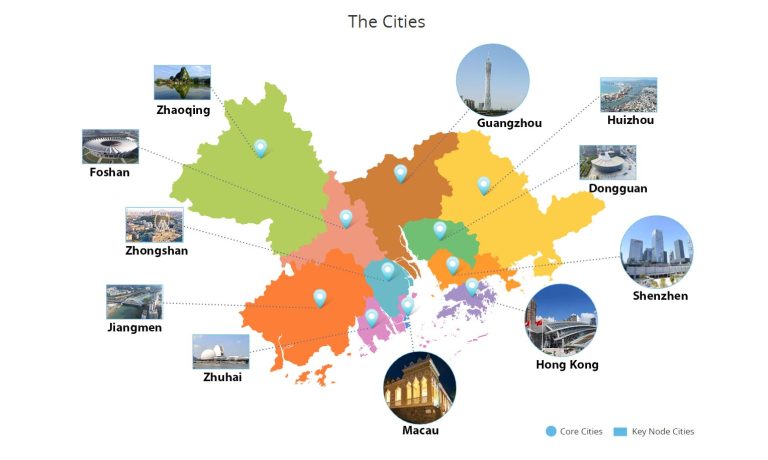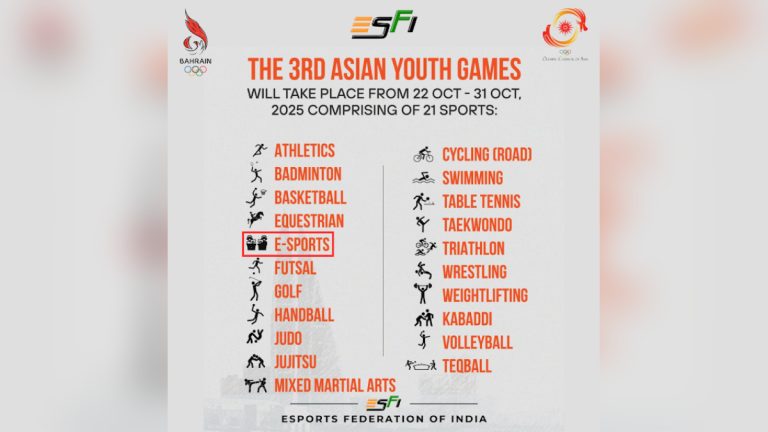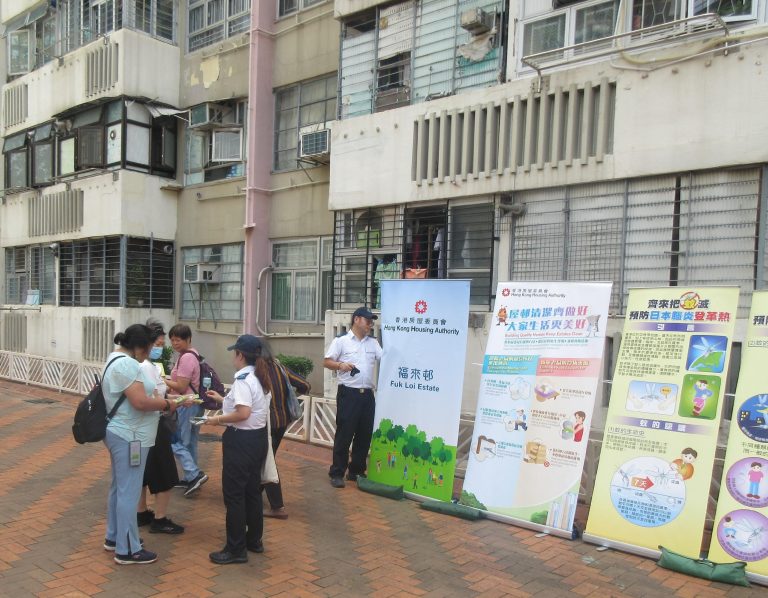China’s latest Five-Year Plan, unveiled by President Xi Jinping, presents a comprehensive roadmap for the future of Hong Kong, Macau, and Taiwan, balancing national unity with regional autonomy. This strategic blueprint offers insights into Beijing’s nuanced approach to governance and cross-strait relations, emphasizing peaceful development and economic integration.
For Hong Kong and Macau, the plan reinforces the “One Country, Two Systems” framework, ensuring these special administrative regions maintain their distinct characteristics while deepening connections with mainland China. The strategy goes beyond political rhetoric, proposing concrete measures to enhance economic opportunities and international competitiveness.

Hong Kong, in particular, is positioned to strengthen its global standing as a premier financial, shipping, and trade hub. The plan specifically targets transforming the city into a leading center for innovation and technology, signaling a forward-looking approach to economic development. By attracting top-tier global talent and creating robust innovation ecosystems, Hong Kong is set to evolve beyond its traditional economic roles.
Macau’s trajectory takes a different but equally strategic path. Recognizing the region’s historical dependence on the gaming industry, the plan advocates for economic diversification. The proposed model focuses on developing one core industry, establishing an international platform, and creating a solid economic foundation. This approach aims to create a more sustainable and balanced economic environment for Macau’s future growth.

The vision for Taiwan represents a delicate balance of diplomatic engagement and firm political stance. While Beijing remains committed to eventual reunification, the current approach emphasizes peaceful progress and people-to-people connections. The plan explicitly opposes independence movements and external interference while offering Taiwanese residents expanded opportunities to study, work, and live on the mainland.
Specific integration zones will be prioritized to foster collaboration, demonstrating a nuanced strategy that seeks to build bridges rather than create confrontation. By providing equal opportunities and promoting shared cultural heritage, China hopes to gradually strengthen cross-strait relationships.
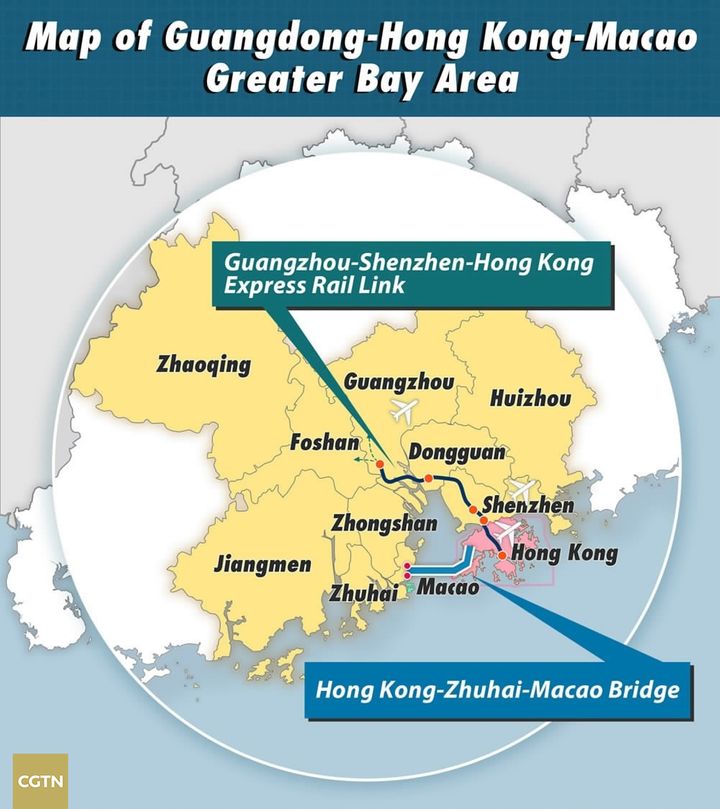
Beyond these specific regions, the Five-Year Plan situates these territories within broader national development strategies. Key economic corridors like the Beijing-Tianjin-Hebei region, Yangtze River Delta, and Guangdong-Hong Kong-Macau Greater Bay Area are targeted for high-quality growth, creating synergistic economic zones that contribute to China’s overall national advancement.
Xi Jinping’s comprehensive approach reflects a sophisticated understanding of regional dynamics. The plan carefully balances assertive national objectives with recognition of regional autonomy, seeking to create pathways for mutual prosperity and integration.
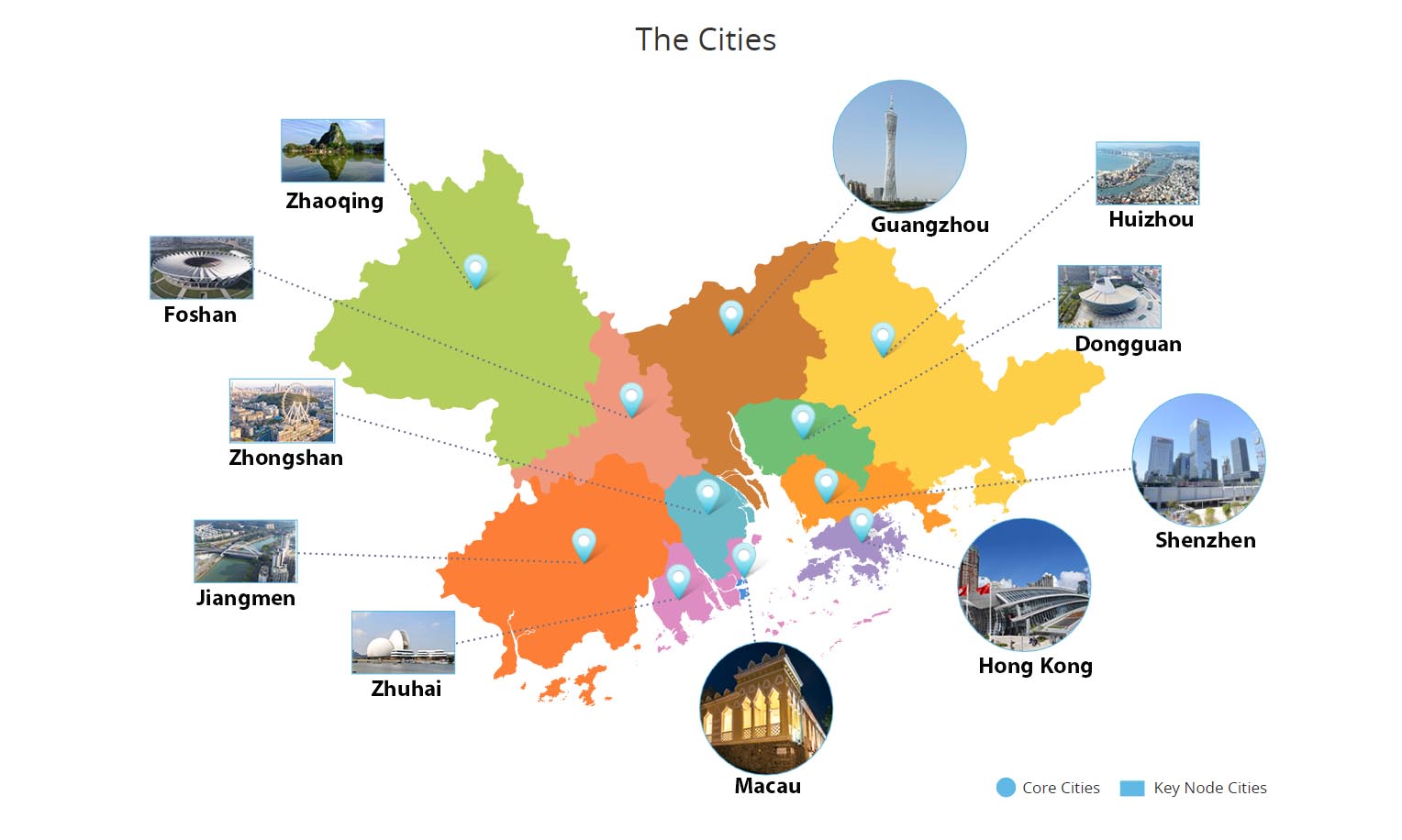
For international observers, this strategy offers a window into China’s long-term governance philosophy. It demonstrates a commitment to stability, economic development, and gradual, strategic expansion of national influence. Rather than pursuing aggressive confrontation, the approach prioritizes economic incentives, cultural connections, and patient diplomatic engagement.
As these regions continue to evolve under this new framework, the world will be watching how these nuanced strategies unfold. The success of this approach will depend on careful implementation, genuine commitment to mutual understanding, and the ability to navigate complex political and economic landscapes.

